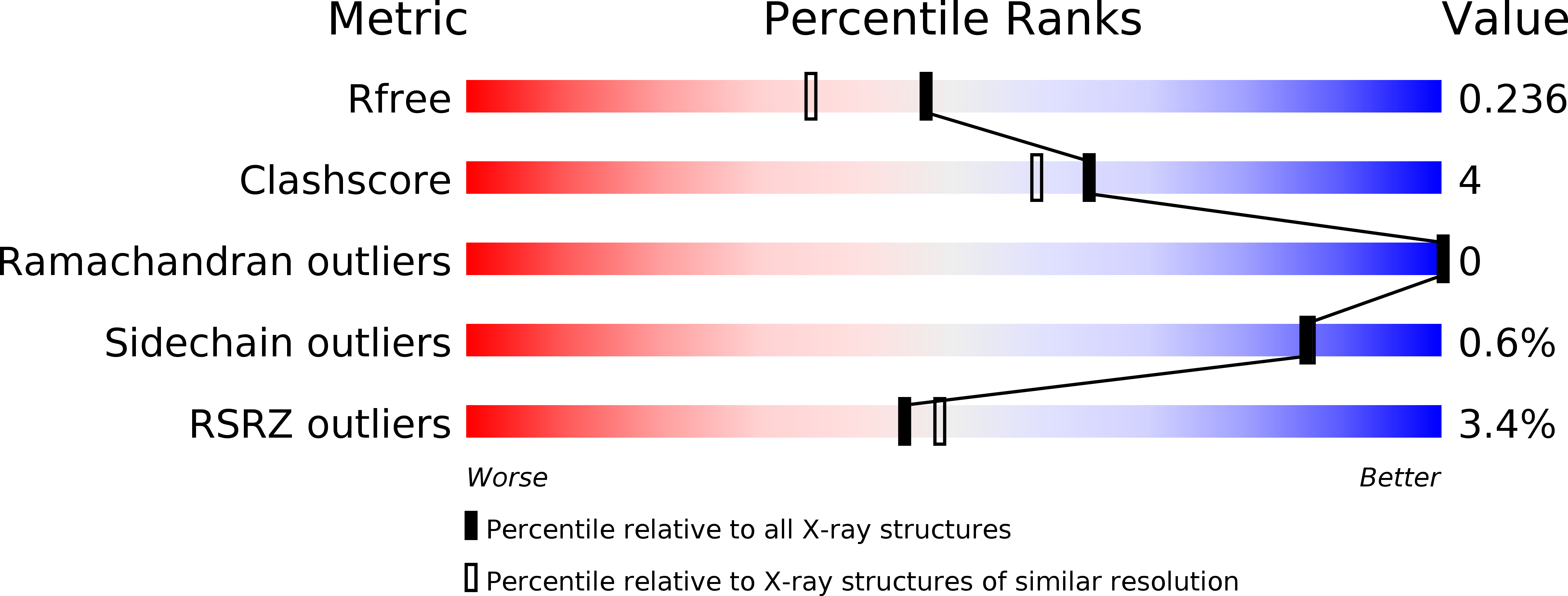
Deposition Date
2018-11-07
Release Date
2019-11-13
Last Version Date
2024-10-16
Entry Detail
Biological Source:
Source Organism:
Host Organism:
Method Details:
Experimental Method:
Resolution:
1.92 Å
R-Value Free:
0.23
R-Value Work:
0.19
Space Group:
P 43 21 2


